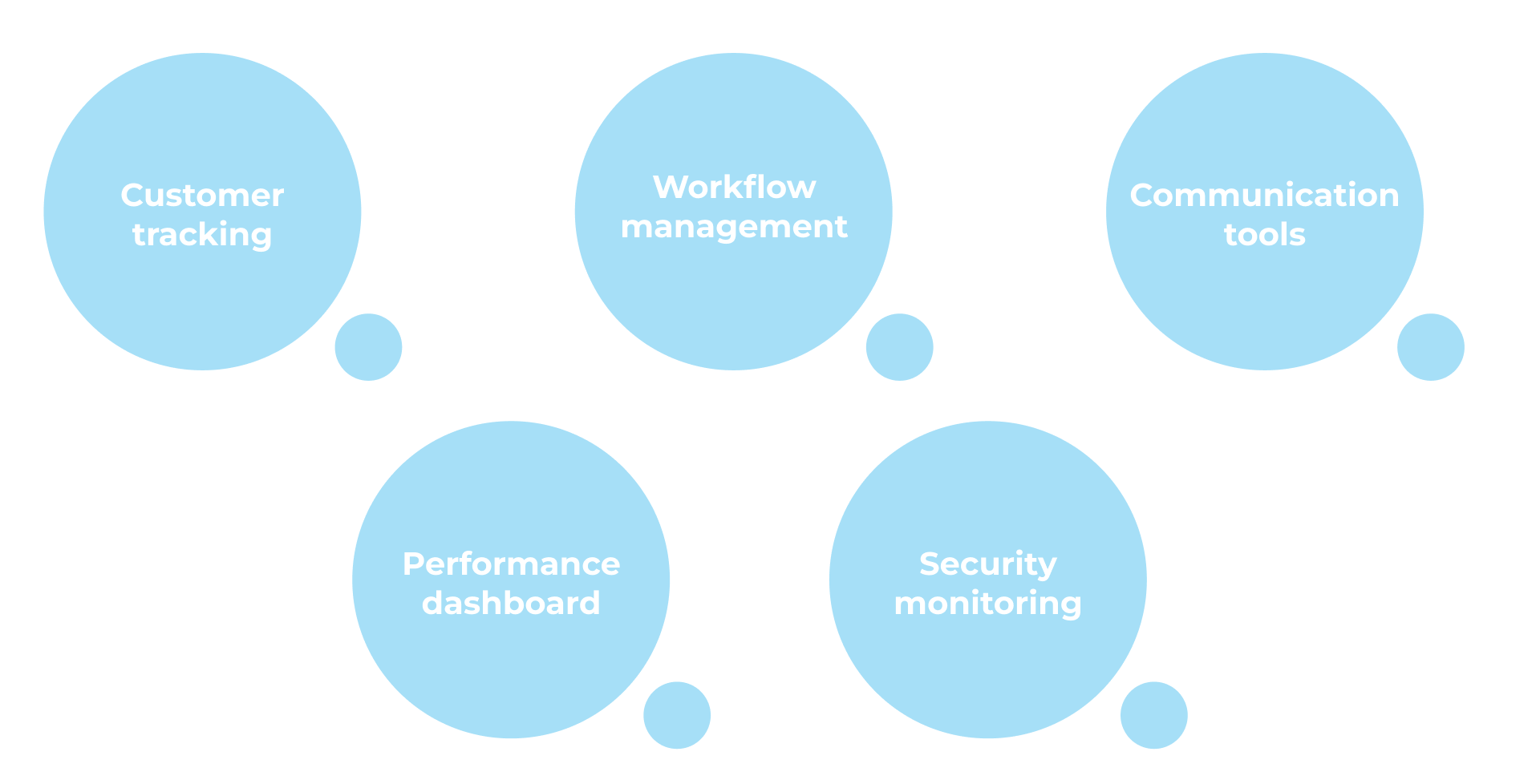How to Master Account Management Software in 7 Easy Steps?
Managing a growing customer base and business relationships can be challenging. Account management software helps streamline client interactions and improves your team’s productivity. Let me show you seven simple steps that will change how you handle customer relationship management.
What is Account Management Software
Account management software is a vital hub that helps you manage client relationships and run your business operations smoothly. This digital solution organizes customer information, tracks interactions, and optimizes sales processes in one place.
Today’s account management software gives you everything you need:
- Customer relationship management (CRM) integration
- Centralized client database management
- Sales pipeline visualization and tracking
- Automated workflow capabilities
- Immediate reporting and analytics
- Communication history tracking
Digital key account management has reshaped how businesses maintain their most valuable relationships. Your core team can use AI-enabled features to learn about customer behavior, predict needs, and spot opportunities for growth. Advanced data analytics and machine learning will help you understand customer patterns and priorities better.
The right software should combine smoothly with your existing tools and give enhanced security and visibility for all customer interactions. Your teams will have access to vital information whenever they need it. This leads to better decisions and improved customer service delivery.
Account management software does more than organize data – it builds a foundation for stronger, more profitable client relationships. The software centralizes information, automates routine tasks, and provides useful insights that make it essential for business growth.
Getting Started with Account Management Software
Start your trip into account management software by focusing on security and setup needs. Make establishing reliable security protocols your top priority. This includes encryption standards and role-based access controls that protect your customer’s sensitive data.
These basic requirements must be in place before setup:
- Complete data backup system
- User authentication protocols
- Integration capabilities with existing tools
- Compliance with industry regulations
- Support for digital tax submissions
The choice between cloud-based and locally hosted solutions needs careful thought. Cloud-based systems give you flexibility and up-to-the-minute collaboration. Local hosting offers improved data control. Think about your infrastructure needs and mobile work priorities to pick the right option.
The setup phase should focus on testing usability and user-friendliness. Your team should quickly find their way through the system. They need to enter transactions and create reports without complex menus. Book individual demonstrations to learn the platform’s workflow and check if it matches your operational needs.
Choose vendors who provide reliable support through phone, email, and live chat. Access to a knowledgeable support team will give you a smooth experience. This helps as you set up and customize your account management software to fit your business needs.
Mastering Core Account Management Functions
Make your customer relationship management better with powerful core features in your account management software. These essential features will help you succeed:
- Live customer tracking
- Automated workflow management
- Integrated communication tools
- Performance analytics dashboard
- Security monitoring systems
Your customer data organization becomes smooth when you implement these tools correctly. A centralized database tracks all client interactions from the first contact to ongoing support requests. The software’s comprehensive approach helps you catch every important customer touchpoint.
These key metrics will help you track your account management success:
The software’s analytics capabilities help you learn more about customer behavior patterns. Your dashboard shows live customer interactions that help you spot relationship growth opportunities and areas needing attention.
Strong security protocols protect your customer data while you manage user activities. The software’s tracking features help you stay compliant and keep sensitive customer information safe. This balanced approach to security and accessibility keeps your team productive and maintains customer trust.

Advanced Techniques for Account Management Success
Take your business operations to the next level by connecting your account management software with key business systems. Build a robust ecosystem where information flows naturally between your accounting, CRM, and operational platforms.
Your workflow will become more efficient with these integration advantages:
- Up-to-the-minute financial data sync
- Automated invoice creation and processing
- Optimized payment tracking
- Better cash flow visibility
- Centralized customer data management
The integrated system gives you new perspectives through advanced analytics features. Make use of data visualization tools to turn complex data into practical insights that help you identify trends and patterns quickly.
Predictive analytics helps you anticipate account needs accurately. Your software analyzes past interactions and behaviors that let you adjust strategies proactively and meet changing customer needs. This advanced feature keeps you ahead in managing client relationships and gives you a competitive edge.
Your team can work more efficiently when routine tasks are automated across connected platforms. They can concentrate on important activities while the system handles data entry, report creation, and routine communications automatically. This automation removes duplicate data entry, reduces human error, and keeps information consistent across all business systems.
Conclusion
Account management software is crucial for successful customer relationships in today’s digital business world. Companies that use these detailed tools set themselves up for long-term growth through better efficiency and deeper customer understanding. Smart use of these tools builds a strong foundation to expand operations while keeping personal connections with customers at every step.

